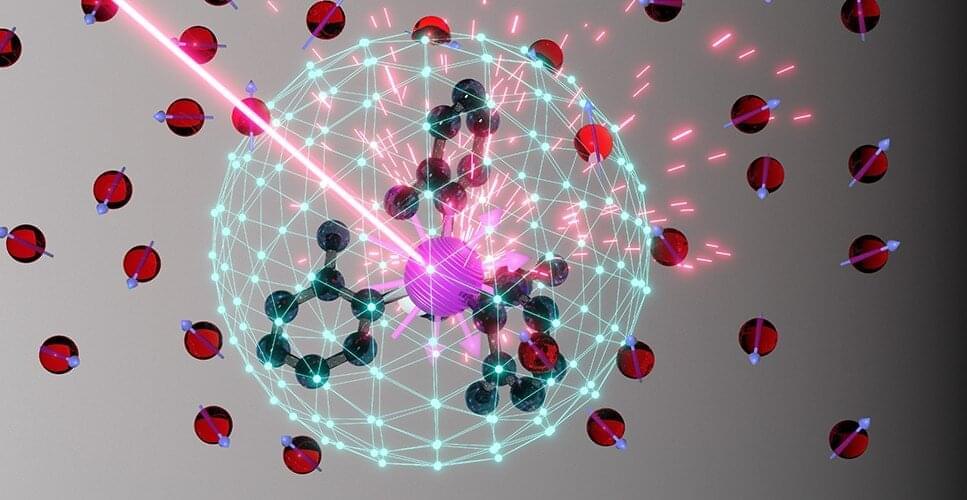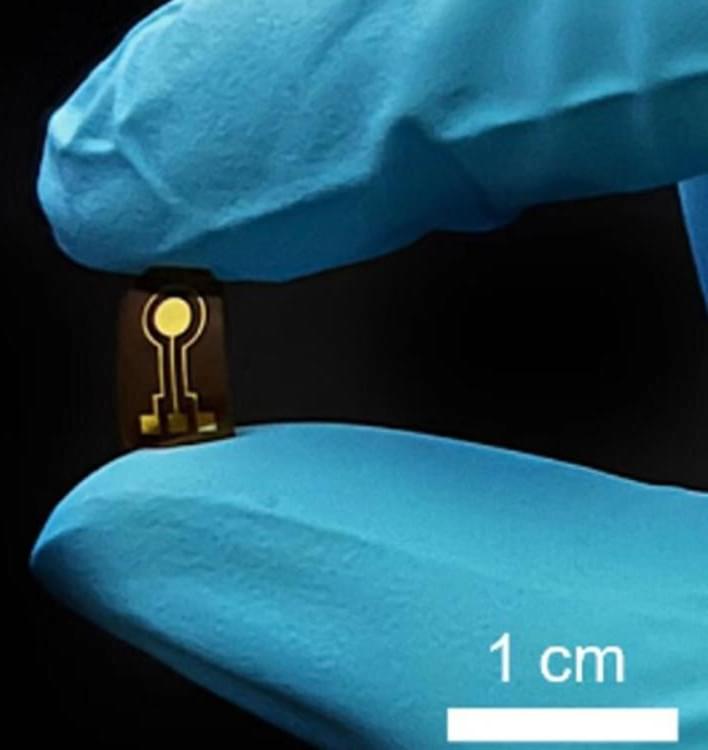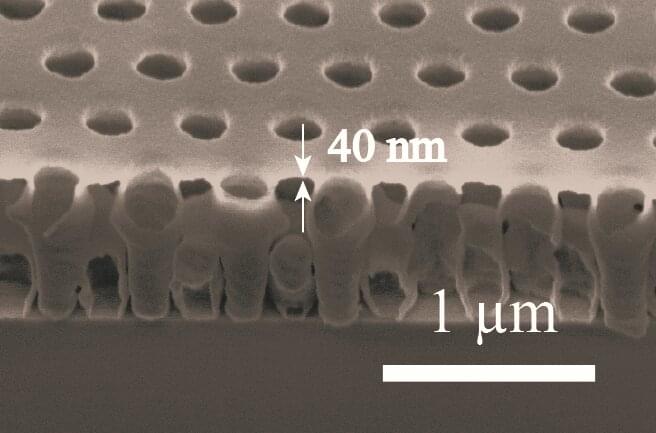Sep 29, 2022
Dr. Doris A. Taylor, Ph.D. — CEO, Organamet Bio Inc. — Personalized Bio-Engineered Human Hearts
Posted by Ira S. Pastor in categories: chemistry, engineering, life extension, sex
Personalized Bio-Engineered Human Hearts For All — Dr. Doris A. Taylor, Ph.D., CEO, Organamet Bio Inc.
Dr. Doris A. Taylor, Ph.D. is Chief Executive Officer of Organamet Bio Inc. (https://organametbio.com/) an early phase start-up committed to saving lives and reducing the cost of healthcare for those with heart disease. Organamet has a goal is to make personalized bio-engineered human hearts, available to all who need them, within 5 years, increasing availability and access to hearts, decreasing or eliminating need for immunosuppression, reducing total lifetime transplant costs, and improving quality of life.


















